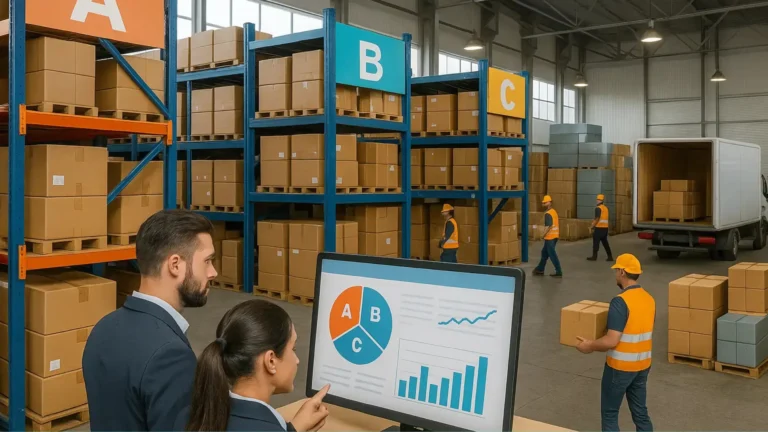
Future of Swarm Robotics in Industry
Swarm robotics, inspired by the collective behavior of social insects like ants and bees, is poised to revolutionize various industries. This innovative field involves deploying large numbers of simple robots that work together to achieve complex tasks, demonstrating remarkable adaptability and efficiency. The future of swarm robotics in industry is bright, promising to transform how we approach manufacturing, logistics, agriculture, and more.
The core principle behind swarm robotics is decentralization. Instead of relying on a central control system, each robot operates autonomously, following simple rules and communicating with its neighbors. This decentralized approach makes swarm systems robust and resilient, as the failure of a single robot does not disrupt the entire operation. This inherent redundancy and adaptability make swarm robotics particularly well-suited for dynamic and unpredictable environments.
Manufacturing and Assembly
In manufacturing, swarm robotics can revolutionize assembly lines. Imagine a swarm of miniature robots working together to assemble complex products, such as electronics or automobiles. These robots can dynamically adapt to changes in production requirements, optimizing their movements and tasks in real-time. This can lead to increased efficiency, reduced downtime, and improved product quality. Moreover, swarm robots can access and work in confined spaces, allowing for intricate assembly operations that are difficult or impossible for traditional robots.
Logistics and Warehousing
The logistics and warehousing industries are also ripe for transformation through swarm robotics. Swarms of robots can be deployed to manage inventory, pick and pack orders, and transport goods within warehouses. These robots can navigate complex environments, avoid obstacles, and optimize their routes to minimize delivery times. This can significantly improve efficiency and reduce operational costs. Furthermore, in disaster relief scenarios, swarm robots can be used to search for survivors and deliver supplies in challenging environments.
Agriculture and Environmental Monitoring
In agriculture, swarm robotics can be used for precision farming, enabling targeted application of pesticides, fertilizers, and water. Swarms of small robots can monitor crop health, identify pests and diseases, and perform tasks such as weeding and harvesting. This can lead to increased yields, reduced environmental impact, and improved sustainability. Additionally, swarm robots can be deployed for environmental monitoring, collecting data on air and water quality, and tracking wildlife populations. This can provide valuable insights for environmental management and conservation efforts.
Construction and Infrastructure Maintenance
The construction and infrastructure maintenance industries can also benefit significantly from swarm robotics. Swarms of robots can be used for tasks such as bricklaying, welding, and painting, improving efficiency and reducing labor costs. They can also be deployed for infrastructure inspection and maintenance, identifying cracks and defects in bridges, pipelines, and other structures. This can help prevent costly failures and extend the lifespan of infrastructure.
Challenges and Future Outlook
While the potential of swarm robotics is immense, several challenges remain. Developing robust communication and coordination protocols for large swarms is crucial. Ensuring the reliability and durability of miniature robots in harsh environments is also essential. Moreover, addressing ethical considerations related to the deployment of large numbers of autonomous robots is important.
Despite these challenges, the future of swarm robotics in industry is promising. As technology continues to advance, we can expect to see even more innovative applications of swarm robotics, transforming various industries and improving efficiency, sustainability, and safety. The collective intelligence of swarm robots is poised to reshape the industrial landscape, ushering in a new era of automation and collaboration.





